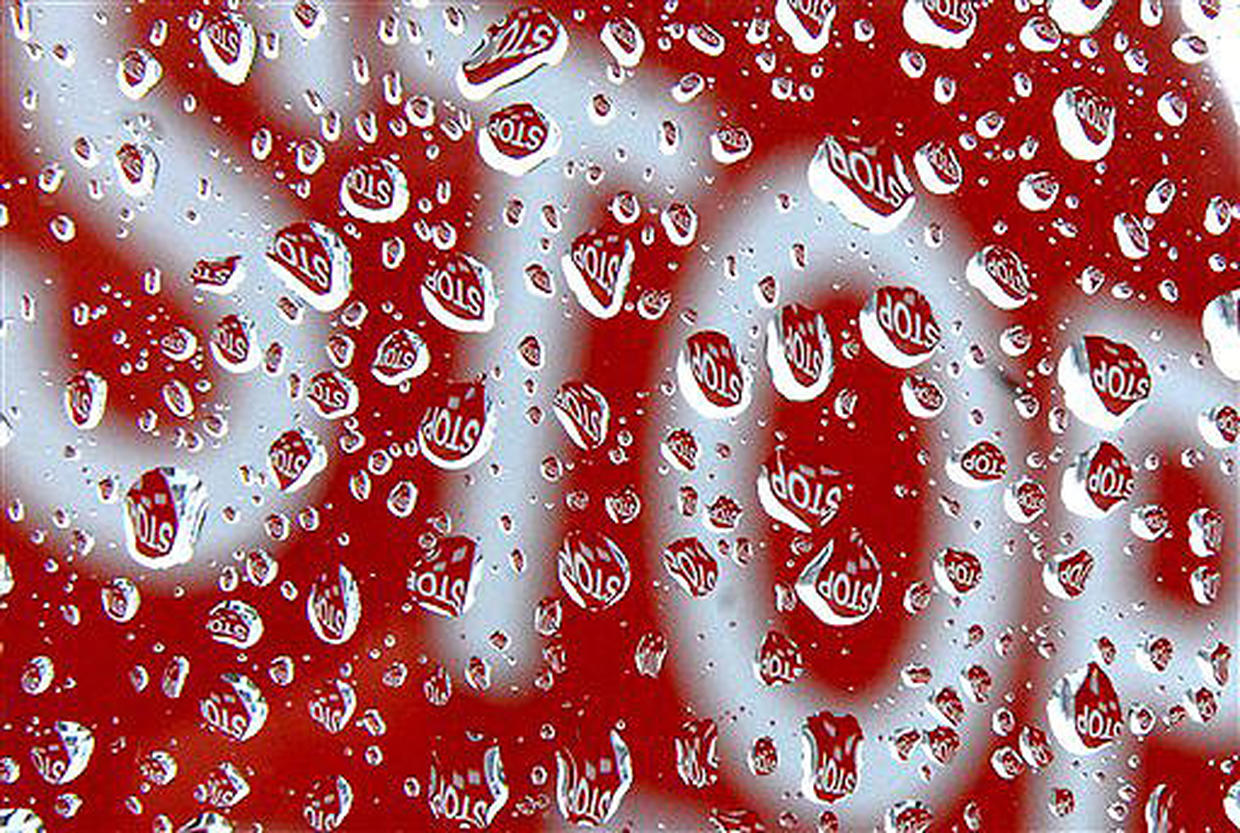

The divergence is understood as the continuous divergence of the radiation emitted by the station.

This is due to the divergence of the electromagnetic beams emitted by the radar station. In practice, the accuracy of the measurement continuously decreases with increasing distances. Only then can a concrete image of precipitation be created. In order to visualize these findings in a radar image, not only one, but several stations at different locations are needed. In the previous section, you already learned that a radar station and its radar beams can be used to measure how much water vapor is present in a cloud. Only the lightning strike map and storm radar differ in their mechanics and measurement technique. Incidentally, the cloud radar works similarly. Also, it is updated at extremely short intervals (depending on the radar, sometimes second by second). The major advantage of this form of measurement technique is that it produces an accurate image of the precipitation area within a few seconds. The more rays hit the radar station again, the more precipitation is contained in the cloud. Microwaves are sent into the clouds by a radar station and reflected by the water droplets. How does a rain radar work in general?Ī radar measures the water concentration of a cloud from the ground and can thus draw conclusions about precipitation. Simply move the precipitation marker to your desired location with the mouse (on a cell phone: hold down the white dot of the marker with your finger) and you will see how many millimeters of precipitation will fall there in the next 12 hours.

This tells you how the precipitation will change over the next 36 hours and whether you can dispense with an umbrella in the next few hours. With the cursor at the bottom left of the rain radar, you can visibly display the future course of precipitation on the rain radar. Additionally, our rain radar offers you the following functions, which simplify the rain forecast for you: You can recognize these by a white “ lightningsymbol”. Areas, where there is a risk of thunderstorms, are also visible to you on the rain radar. The colors range from violet (weak precipitation) to a slightly reddish color, which indicates very heavy precipitation. On the rain radar, the areas where rain is predicted are displayed in color. Current rainfall in your region? – This is how you read the rain radar: If colored violet, you should expect heavy rain. A green or blue coloring means weak to moderate precipitation. The rain is displayed in color on the map.


 0 kommentar(er)
0 kommentar(er)
